
 Heisenji Hakusan shrine and stone pavement of the medieval period
Heisenji Hakusan shrine and stone pavement of the medieval period

The base of Hakusan Worship.Hakusan Heisenji Shrine developed sophisticated technique of utilizing stones for town planning earlier than any other city in Japan and developed into one of the largest religious cities in Japan in the medieval period equipped with stone-paved paths and stone walls constructed in a planned manner. Their technique was introduced to the castle town of Ichijodani by Asakura clan, a warrior family.
12 minutes by car

In the city area of Katsuyama City spreads a river terrace of the Kuzuryu River. In the Edo period, "Shichirikabe", stone walls built by piling up river stones at the cliffs of the river terrace, was constructed by utilizing the terrace. Utilizing Shichirikabe as a boundary, a castle town was built by dividing samurai residences and townhouses or temples methodically.
2 minutes by car or 4 minutes on foot

Oshozu refers to underflow water that gushes out on the lowest terrace surface of the river terrace spreading in the city area of Katsuyama City. Pure water used to gush out everywhere. Today, however, Oshozu is the only place where spring water comes out. Oshozu is loved by the people of Katsuyama City together with its elegant view created by the stone wall made of round river stone.
38 minutes by car

This is a garden of a villa of the Matsudaira family, the feudal lord of Fukui domain with a grove that features a path around a central pond and spring. Famous stones produced in Echizen are used in various places in the garden such as a stone bridge made of a huge natural stone with 5 meters in length and 90 cm in width, kageishi, a type of stone used in the landscaping of Japanese gardens, vertical stones, a washbasin set called Tsukubai made of Shakudani stone, etc. We can enjoy beautiful landscape created by water and stones while walking around the garden in a relaxed manner.
23 minutes by car

This is a city in the medieval period built by Asakura clan, a warring lord. The ruins of the castle gate built by piling up huge stones to preventinvasion by the enemy give a full impact on us.